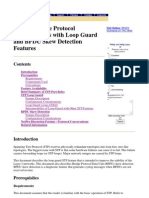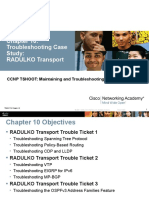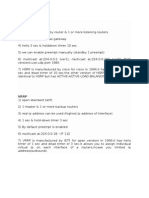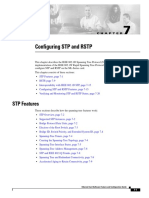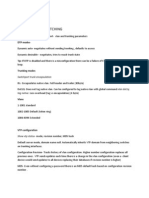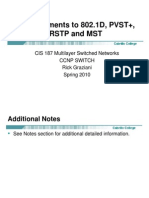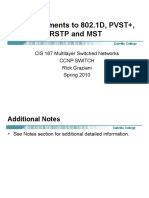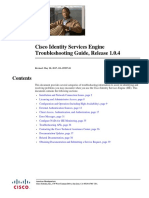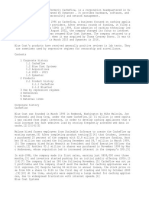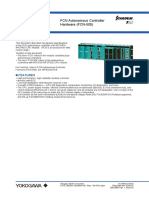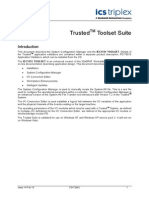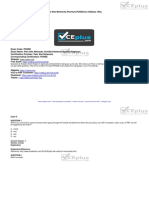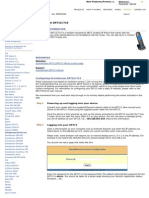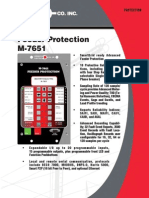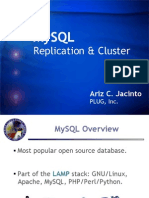0% found this document useful (0 votes)
76 views28 pagesSpanning Tree Protocol (STP)
The document discusses Rapid PVST+ and STP extensions used on Cisco Nexus switches. Rapid PVST+ is the default STP mode and provides faster convergence than regular PVST+. STP extensions like edge ports, BPDU guard, and root guard enhance loop prevention and protection against configuration errors.
Uploaded by
Claudio GuzmanCopyright
© © All Rights Reserved
We take content rights seriously. If you suspect this is your content, claim it here.
Available Formats
Download as DOCX, PDF, TXT or read online on Scribd
0% found this document useful (0 votes)
76 views28 pagesSpanning Tree Protocol (STP)
The document discusses Rapid PVST+ and STP extensions used on Cisco Nexus switches. Rapid PVST+ is the default STP mode and provides faster convergence than regular PVST+. STP extensions like edge ports, BPDU guard, and root guard enhance loop prevention and protection against configuration errors.
Uploaded by
Claudio GuzmanCopyright
© © All Rights Reserved
We take content rights seriously. If you suspect this is your content, claim it here.
Available Formats
Download as DOCX, PDF, TXT or read online on Scribd
/ 28






